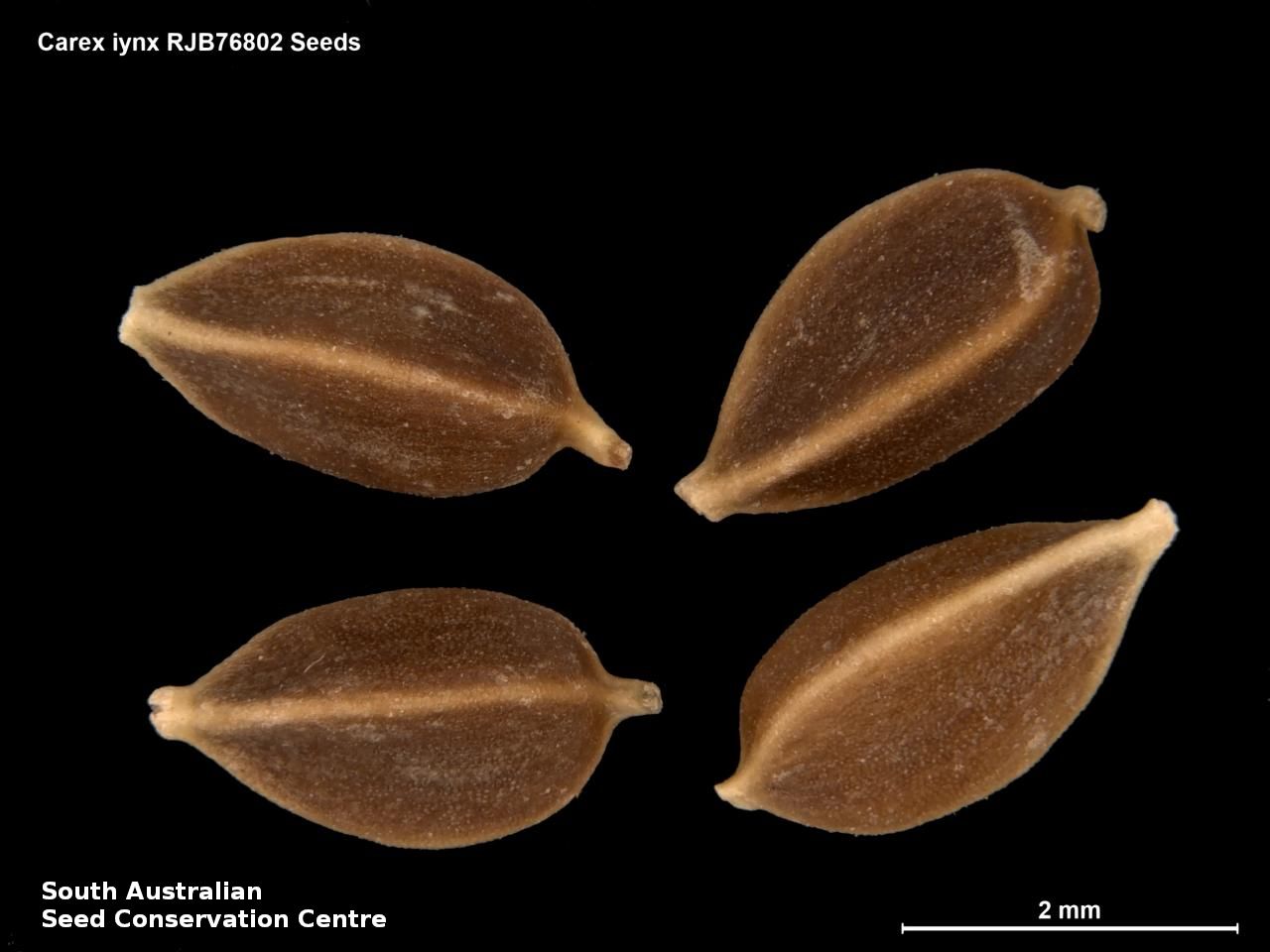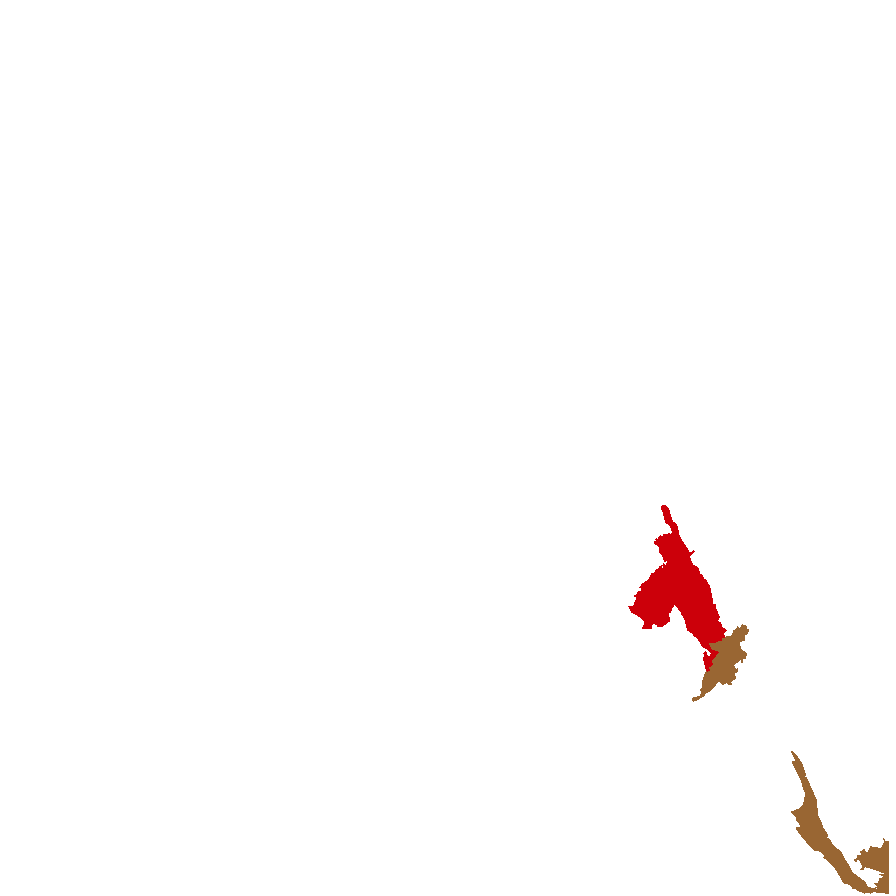


Etymology
Carex is the classical Latin name for sedge, perhaps from 'carere' meaning to be absent, as the upper spikes are staminate (male) and do not produce seeds. May have been used by Virgil for plants in this genus and derives from ancient Greek 'keiro' meaning to cut, referring to the sharp edge of leaf margins.
Distribution and status
Very few collections from South Australia, mainly from the lower South-east with a few, possibly introduced, from the southern Mount Lofty Ranges, growing on fertile soil in depressions and fringing watercourses. Also found in New South Wales, Victoria and Tasmania. Native. Rare in South Australia. Uncommon in New South Wales. Common in the other States.
Herbarium regions: Southern Lofty, South Eastern, Green Adelaide
NRM regions: Adelaide and Mount Lofty Ranges, South East
AVH map: SA distribution map (external link)
Plant description
Coarse tufted perennial sedge with short ascending tough woody rhizomes forming large clumps, base of culms covered with the fibrous remains of old leaf sheaths. Flower-spikes 1 to several at the nodes of the culm, mature female spikes usually to 8 mm diameter, with the lowermost drooping on long slender peduncles longer than the spikes. Upper 1-4 spikes predominantly male, lower spikes entirely female or with various arrangements of male and female flowers. Flowers in September and February. Fruits are pale brown, clusters of drooping heads, each containing numerous individual fruit. Seeds are brown three-sided seed to 3 mm long and 1.5 mm wide, covered by a striated papery layer (utricle) with a pointed forked tip. Seed embryo type is capitate.
Seed collection and propagation
Collect seeds between November and April. Collect fruits either by running your hands along the heads; mature seeds will come-off easily, or cut whole heads that are brown, containing dark hard seeds. Place the heads in a tray and leave to dry for one to two weeks. Then rub the heads with a rubber bung to dislodge the seeds. Use a sieve to separate any unwanted material. Store the seeds with a desiccant such as dried silica beads or dry rice, in an air tight container in a cool and dry place. Seed viability is usually high.
| Location | No. of seeds (weight grams) | Number of plants | Date collected | Collection number Collection location | Date stored | % Viability | Storage temperature |
|---|---|---|---|---|---|---|---|
| BGA | 10,000 (17.68 g) | 3 | 6-Jan-2008 | RJB76802 South Eastern | 19-Sep-2008 | 100% | -18°C |
Number of plants: This is the number of plants from which the seeds were collected.
Collection location: The Herbarium of South Australia's region name.
% Viability: Percentage of filled healthy seeds determined by a cut test or x-ray.